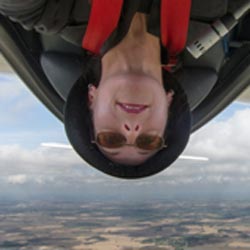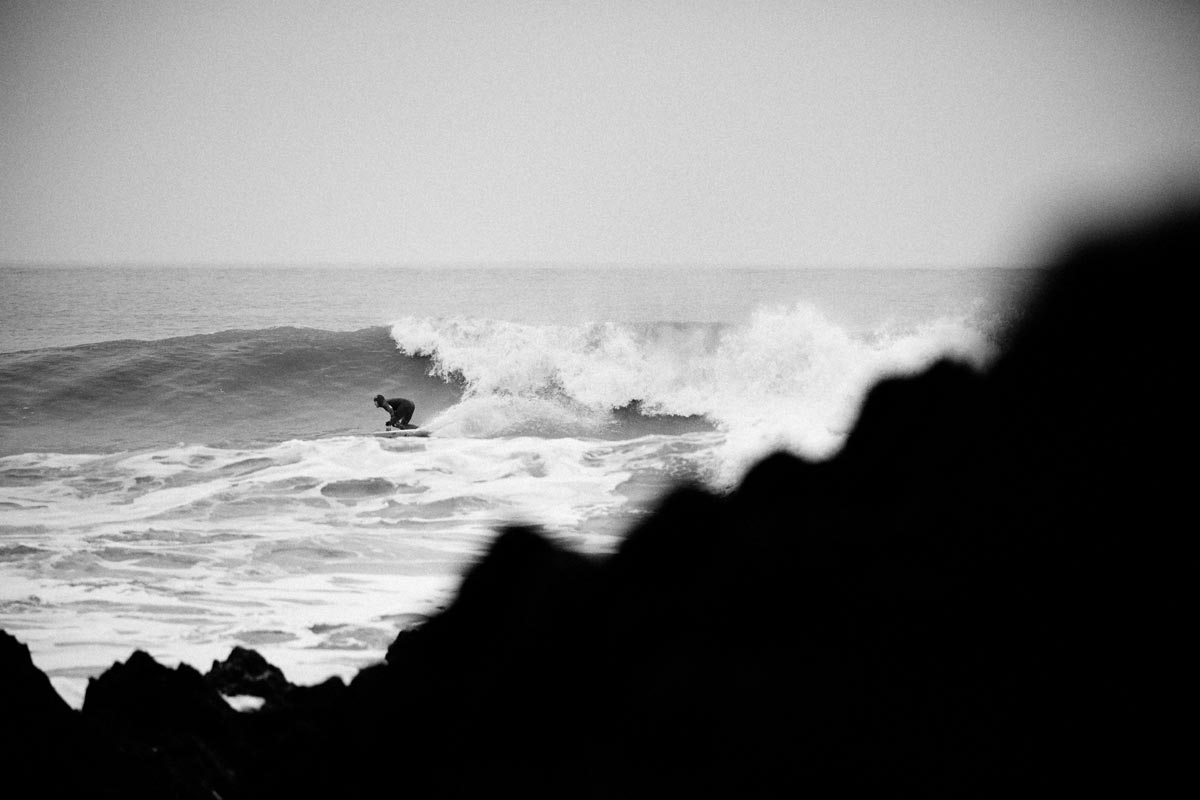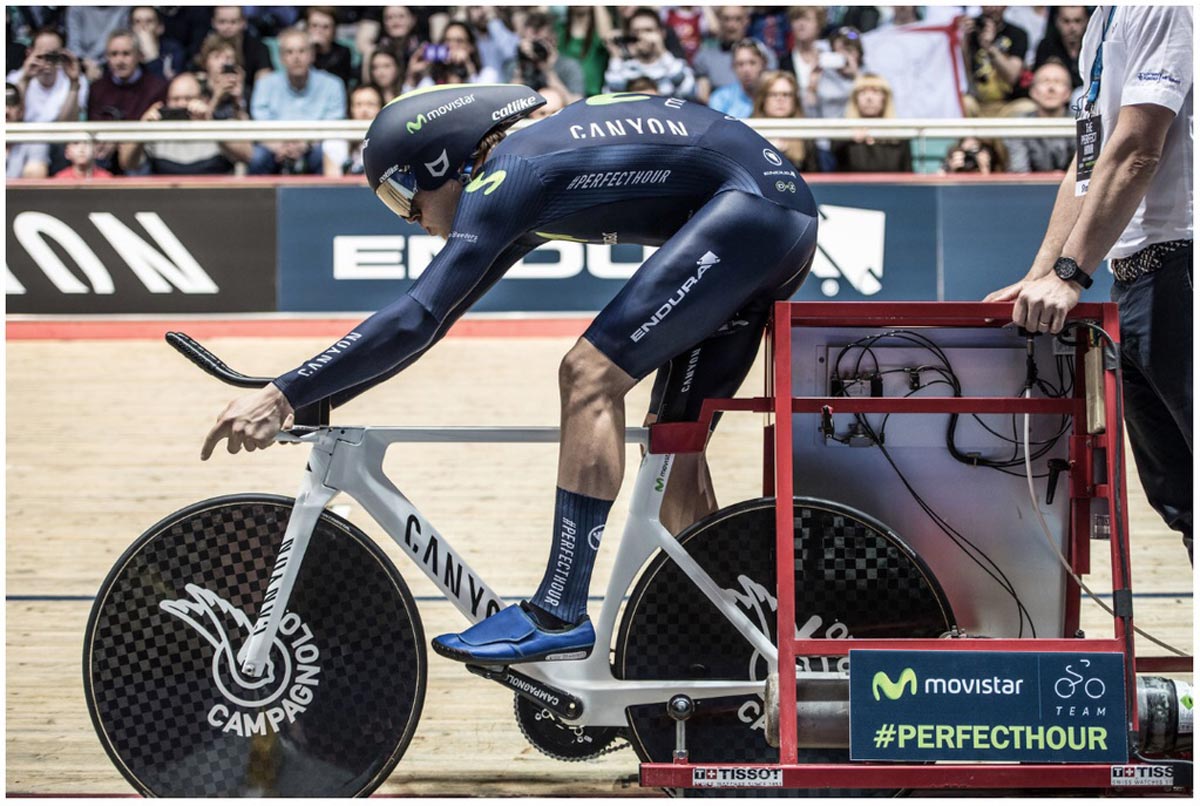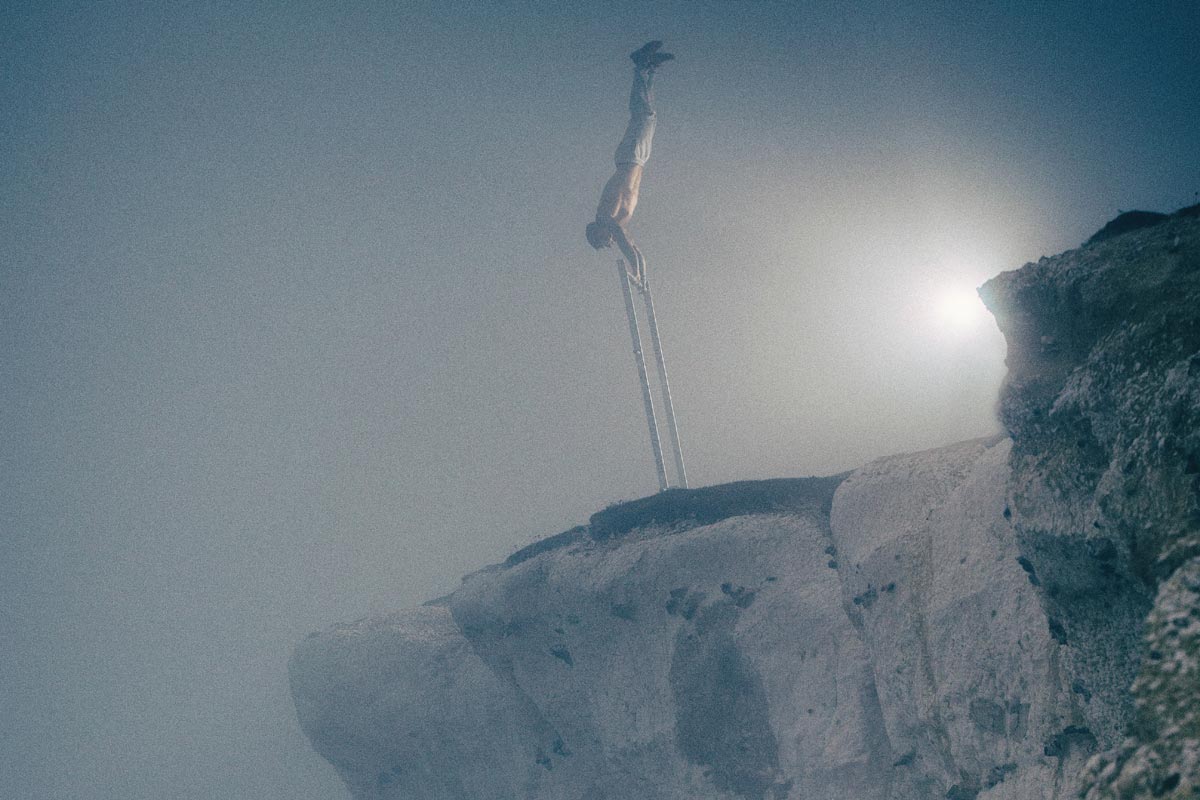Most people have, at some time, dreamt of flying like a bird. Imagine the exhilaration of flight, free from the constrains of the ground, able to swoop through valleys or soar high over mountains and field, experiencing the thrill of a unique viewpoint on our wonderful planet. As a glider pilot, I don’t have to imagine – this is what I am privileged to experience every time I pursue my hobby.

Competitive gliding isn’t about just launching and drifting slowly back to land. Modern racing sailplanes are made of modern sophisticated materials and state of the art moving map instrumentation like you’d expect in a modern airliner.
Once we are in the air we use our skill to find rising currents of air, such as thermals, which we exploit in the same way as the eagles by spiraling up to gain altitude. In this way, gliders cover vast distances at high average speeds without any engines or other propulsion.
As for any sport, it takes a huge commitment to achieve the highest level. I was a late starter to flying as I wear corrective spectacles and believed you needed perfect eyesight to be a pilot. Once this myth was busted, I endeavoured to make up for lost time. As an impoverished student, there was no way I could afford powered flying lessons, but the university gliding club was very affordable. Every spare day was spent at the local gliding club and I never turned down an opportunity to fly.
Learning to take off and land is only the start with gliding. If you are fit enough to drive a car, you can fly a glider. You can learn at any age but you can fly solo from the age of fourteen – a full three years before you can drive a car in the UK!
However, going solo is only the beginning. Once you can handle the aircraft, then you really start to learn about reading the energy in the sky and extending your flight durations and distances. This is why even experienced military and airline pilots stay hooked on gliding and choose to spend their free time chasing the sky.
The first thing you notice when flying a glider is how quiet it is. We typically fly at speeds between 60mph and 170mph yet you hardly notice the rush of air over your wings. We learn to seek out currents of rising air in the atmosphere and then use these to gain altitude before zooming off to our next destination. It’s like a free launch and the structure of the clouds helps us to predict where the strongest lift will be.
The aircraft is designed to be light and sensitive to air currents so you feel every slight movement in the air through the seat and the controls. As an experienced pilot, I use these sensations to help me to locate the best areas of rising air, the same way a birds would do, but as a human I have flight instruments to confirm my instincts.
My modern glider has a sophisticated flight computer that helps me calculate the best speed to fly, how much height I need to complete my task and also a moving map of all the controlled airspace boundaries that are prohibited for me to enter. Great glider pilots need good hand-eye coordination but also a strong visual memory to learn what clouds to look for and great concentration as flights can last up to ten hours.
I entered my first junior competition and found myself pitted against some of the country’s top pilots. I could barely keep the glider airborne whilst they were whizzing around huge cross country tasks. How could they possibly do that? The following year, I made sure I found one of these pilots and did my best to keep him in sight to see what he did. I put my new knowledge into practice and suddenly I was winning races myself.
The next step was qualifying for the Women’s European Championship held in Poland. I went as the outsider with minimal competition experience and never having flown outside the UK. Would I still be able to read the sky in a different country?

Gliding championships are very similar to sailing regattas. The competition is held over two weeks and each day we are set a cross country task based on the expected weather conditions. These tasks are to race each other over distances of many hundreds of kilometres between pre-defined turning points.
We used to have to photograph these points as evidence of passage, but these days we carry a small secure GPS logger – a sort of black box for gliders. Each day, all the competitors are launched together and then we can start to race.
As well as the skill of flying, racing is a great test of strategy to use other competitors to help find the strongest climbs and to accurately predict the weather to ensure our track takes us through the best conditions on each day.
In Poland, Great Britain had a strong team and worked well together, so we took all three medals at the end of the competition, with me holding the gold. I was astonished.
The British Team continued to develop my flying, in particularly in sports psychology. Glider racing is like a long term game of strategy where you have to predict your opponents’ tactics several moves ahead, but also you are pitting yourself against the weather itself, and that is the most fickle of competitors.
Competition flights take place over many days and each flight lasts around 7 hours, so an ability to remain focussed and with high levels of concentrations is as important as good aircraft handling skills. When we are climbing, we fly in extremely close proximity to our fellow pilots, often only a single wingspan away so a lapse in concentration can easily result in a collision.
Yet the masters of the sky remain the birds themselves.
They rely on these thermals for their survival and it is a privilege to fly amongst them. Large birds of prey seem to think of gliders as rather odd birds and we are regularly joined in our thermals by them. In the UK, I often see a buzzard or a red kite formate on my wingtip, tilting its head sideways for a better look at this strange white flying beast.
In Germany, we were lucky enough to fly near a recently reintroduced colony of white tailed eagles. I was in awe when all seven birds joined a group of twelve gliders in one thermal. These birds are immense with a wingspan of several metres, but they seemed to understand the etiquette of sharing the lift and didn’t hinder any of the aircraft as we circled higher.
However, my most impressive avian experience was when I was invited to fly in the Chilean Andes in search of the rarest of raptors, the Andean Condor. With a keen interest in ornithology, I suspected there would be no chance to encounter such a rare species but I intended to make the most of the experience of flying in one of the world’s greatest mountain ranges.

Flying from Santiago was challenging, even for an experienced pilot. The emergency landing options are marginal and I was in a borrowed sailplane. However, the endlessly changing views as I climbed from one razor ridge to the next, creeping higher and deeper into these mighty mountains, were truly spectacular.
Each ridge seemed to have its own pair of eagles, but no condors. Then, whilst cruising across a wide open plain, I caught sight of a large dark shape. Surely it couldn’t be? I made my way across, now relying on the thermal lift rather than the ridges I had left behind and saw that indeed, it was an Andean condor. The bird permitted me to approach and we shared the sky, climbing together for around half an hour before it decided it was time to move on.
Once it chose to leave, it showed us that this animal is much more a master of the air than us human interlopers as it easily outflew us and returned to its isolated mastery of the air.

Gliding is a very affordable way to learn to fly. There are over 80 clubs in the UK alone which can provide approved training. Most provide trial lessons but if you choose to buy your own glider, you just pay for your launch (around £12 for a winch launch) and you can stay up as long as you wish. It’s a sport that never gets boring as each flight is unique and offers new challenges as we seek to improve our mastery of the elements by enjoying flight in its purest form.
You can find out more from the British Gliding Association website www.gliding.co.uk
Photo Credits: All photos from Sarah Kelman except condor in sunset from XXXX on Flickr



